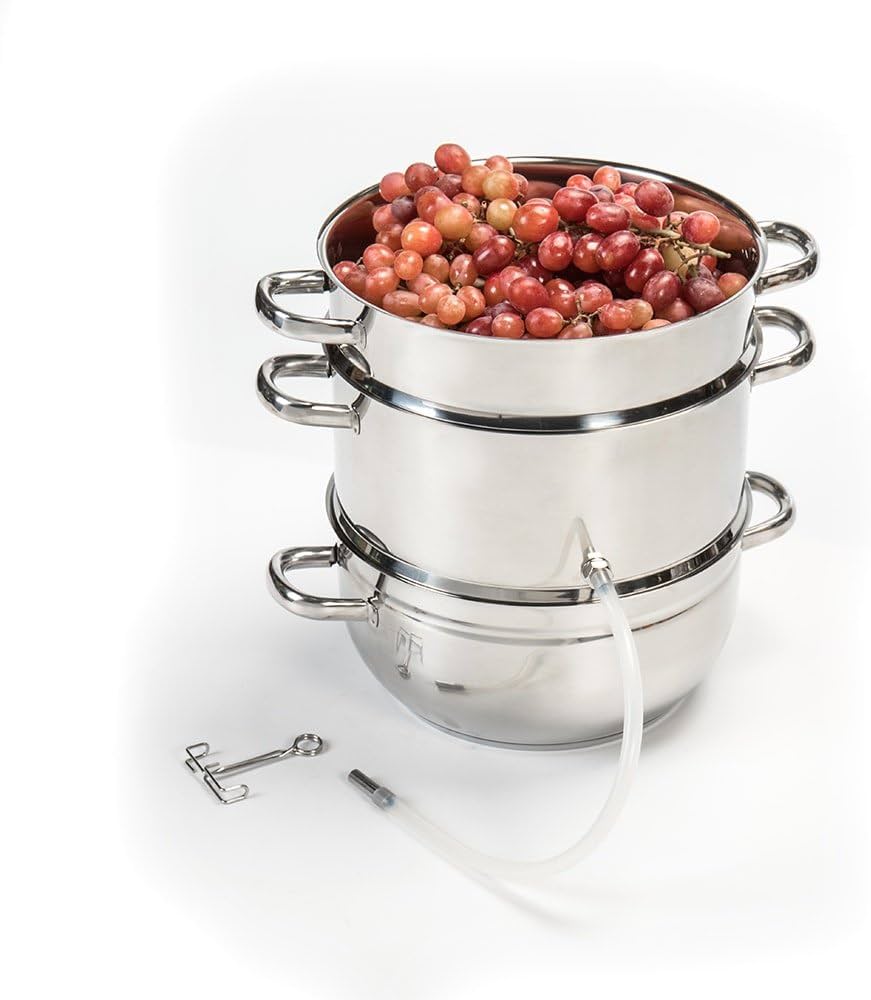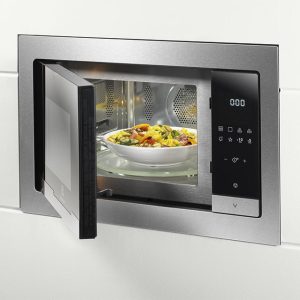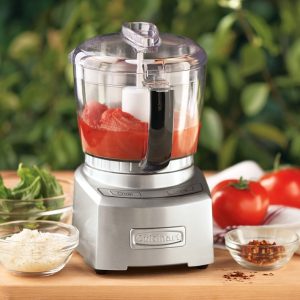
Introduction
Using a steam juicer is a popular method for extracting juices from fruits, vegetables, and herbs. However, knowing when the juicing process is complete can be crucial to achieving the best results. In this comprehensive guide, we will explore different indicators to help you determine when your steam juicer is done. By understanding signs of readiness, time estimations, and other essential factors, you can confidently and accurately gauge when your juices are fully extracted and ready to enjoy.

How do you know when a steam juicer is done?
I. Steam Production and Evaporation
-
Initial Steam Generation:
- Once you begin heating the steam juicer, steam production should start within a few minutes. You will notice steam rising from the steam tube or valve in the lid of the juicer.
-
Steady Steam Flow:
- As the juicer operates, you should observe a continuous flow of steam from the tube or valve. This indicates that the water in the base is boiling and producing the necessary heat for the juicing process.
-
Monitoring Steam Volume:
- Keep an eye on the amount of steam being produced. Initially, the steam may be more visible and abundant. As the juicing process progresses, the steam may become less noticeable, indicating that the water in the base is evaporating.
II. Extraction Time Estimates
-
Follow Recipe Recommendations:
- Recipes or guidelines accompanying your steam juicer might provide specific time estimates for different fruits, vegetables, or herbs. For example, oranges and cucumbers may have different juicing times. Refer to these recommendations as a starting point for the juicing process.
-
Check with Experienced Users:
- Seek advice from experienced steam juicer users or consult online forums and communities dedicated to juicing. Experienced individuals can provide insights based on their personal experiences and assist in estimating appropriate juicing times.
-
Observe Typical Juicing Duration:
- In general, the juicing process in a steam juicer can take anywhere from 30 minutes to an hour, depending on the ingredients being used. Keep a close eye on the extraction progress and familiarize yourself with the time required for different produce.

III. Appearance, Texture, and Firmness
-
Visual Changes:
- Observe the changes in the appearance of the produce as it goes through the juicing process. Fruits may become softer, and vegetables may lose their firmness. The texture should become mushy or pulpy.
-
Softened Texture:
- Gently press a piece of fruit or vegetable in the steamer basket to gauge its texture. It should feel soft and tender, with minimal resistance. If the produce easily breaks apart or falls apart under slight pressure, it is an indication that the juicing process is complete.
-
Wilted Leaves:
- If you are juicing leafy greens, the leaves will become wilted and limp during the process. This change in texture indicates that the juices have been effectively extracted.
IV. Juice Collection and Yield
-
Dripping Juice:
- As the juicing process progresses, you will notice juice dripping from the steam juicer’s spout or nozzle into the collection container. Initially, the collected juice may be cloudy or foamy, but it should gradually become more clear and pure.
-
Slowing Drip Rate:
- Pay attention to the rate at which the juice drips. Initially, the juice may flow rapidly, indicating that more juices are being extracted. As the process continues and the ingredients become drier, the drip rate will slow down.
-
Empty Pulp Reservoir:
- Check the pulp reservoir periodically to ensure it is collecting the extracted pulp. Once the pulp reservoir is mostly filled or the output of pulp decreases significantly, it suggests that the ingredients have been thoroughly juiced.

V. Taste and Aroma
-
Intensity of Flavor:
- Take periodic samples of the juice to determine its flavor and intensity. If the juice tastes concentrated and robust, it may indicate that most of the extraction is complete. However, if the juice tastes weak or diluted, it may require additional juicing time.
-
Aromatic Notes:
- Consider the aroma of the juices. As the juicing process progresses, the aroma should become more pronounced and fragrant, indicating the release of flavors and essential oils.
-
Personal Preference:
- Adjust the juicing duration based on your personal preference for flavor concentration. If you desire a stronger, more concentrated juice, you may prolong the juicing process slightly. Conversely, if you prefer a lighter and more subtle flavor, you can stop the juicing process sooner.

VI. Reusing Pulp and Dryness
-
Dry Pulp Texture:
- Once the juicing process is complete, the pulp should have a drier texture. It will clump together and appear less moist. Dry pulp suggests that the majority of juices have been extracted.
-
Repurposing Pulp:
- The extracted pulp can have various applications, such as incorporating it into baked goods, soups, or composting. The dryness of the pulp indicates its suitability for repurposing.
-
Limited Juice Extraction from Pulp:
- If you attempt to rejuice the pulp after the initial extraction, you may find that only a minimal amount of juice is produced. This indicates that most of the juices have already been extracted, confirming the completion of the juicing process.
VII. Cool Down and Handling
-
Allow for Cool Down Time:
- After completing the juicing process and turning off the heat source, allow the steam juicer to cool down for a few minutes. This ensures that the juicer is safe to handle and prevents accidental burns from hot surfaces.
-
Safely Remove the Lid:
- Once the steam juicer has cooled down, you can remove the lid carefully. Start by releasing any remaining steam pressure by opening the steam valve or tube. Then, lift the lid gently to avoid any splattering or hot steam.
-
Emptying the Spout or Nozzle:
- Prior to handling the collection container, make sure the juice has finished dripping from the spout or nozzle into the container. This step prevents any spillage or mess while transferring or storing the freshly extracted juice.

VIII. Conclusion: Mastery of the Juicing Process
Knowing when your steam juicer is done allows you to extract the optimal flavor and nutrients from your chosen ingredients. By paying attention to visual changes, monitoring time estimates, observing texture and firmness, assessing juice collection and yield, considering taste and aroma, evaluating the dryness of the pulp, and practicing safe handling during and after the juicing process, you can confidently and successfully determine when your steam juicer is done.
With practice and experience, you will become more skilled in identifying the signs that indicate the extraction process is complete. Enjoy the fruits of your labor as you savor the exquisite flavors and nourishing juices that result from mastering the art of steam juicing.





